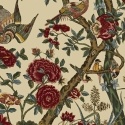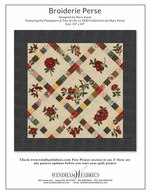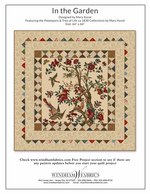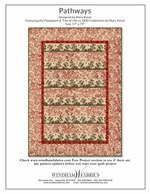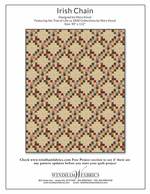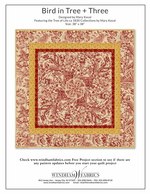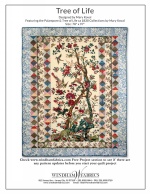Palampore
by Mary Koval
This reproduction “palampore” is drawn from a vintage example of a very popular and fine type of fabric from the 18th century. According to the Metropolitan Museum of Art in New York City, of all the exported textiles to arrive in England and Europe in the 17th and 18th centuries perhaps the most spectacular were the painted and dyed cotton bedcovers and wall hangings called palampores. An investment in fabric of this quality was a sign of wealth and success; families would display them prominently as curtains, wall-hangings or bedcoverings.
The name palampore means bedspread or coverlet. These extraordinarily large cotton panels with their vividly-colored, life-sized flowering trees were coveted for their beauty and as a status symbol. This reproduction is an excellent example of a typical Palampore hand painted in England ca. 1775. As usual it combines a complex and elaborate design depicting a wide variety of plants, flowers and birds. The “tree of life” motif is typical of most palampores and is used as a symbol to celebrate birth, marriage and special occasions.
This original Palampore comes from the extensive archives of Mary Koval, and accompanies the "Tree of Life" Collection also by Mary Koval.
Delivery to Stores: April 2014
Cotton
Free Projects
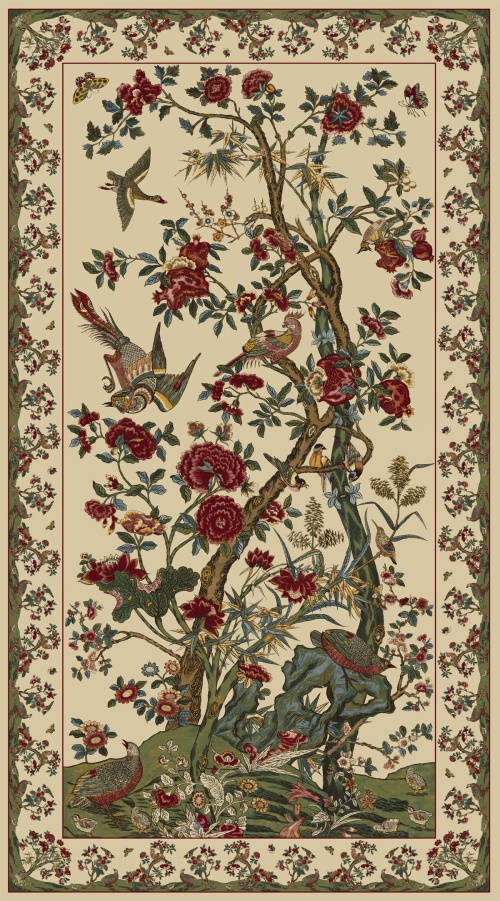
40369-X
40369-X

